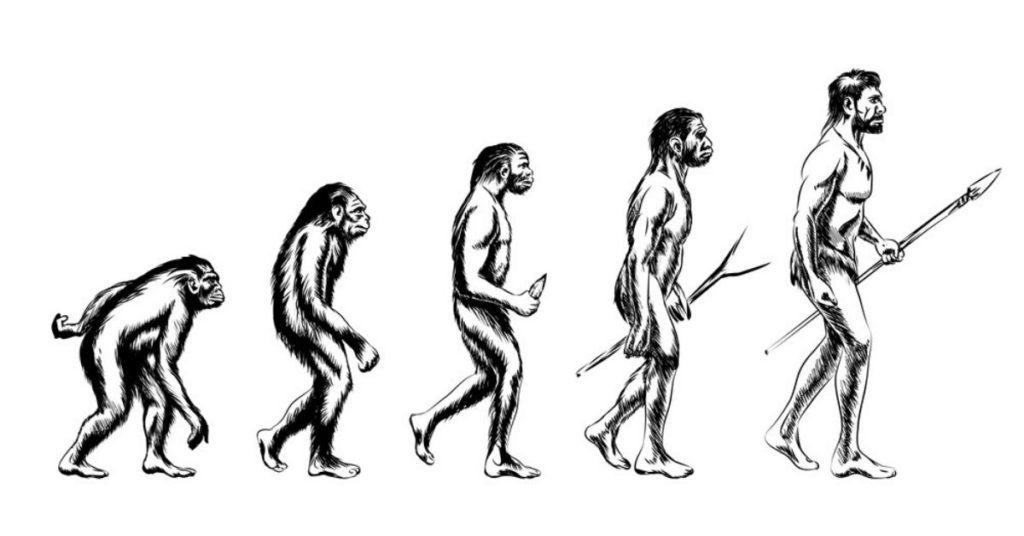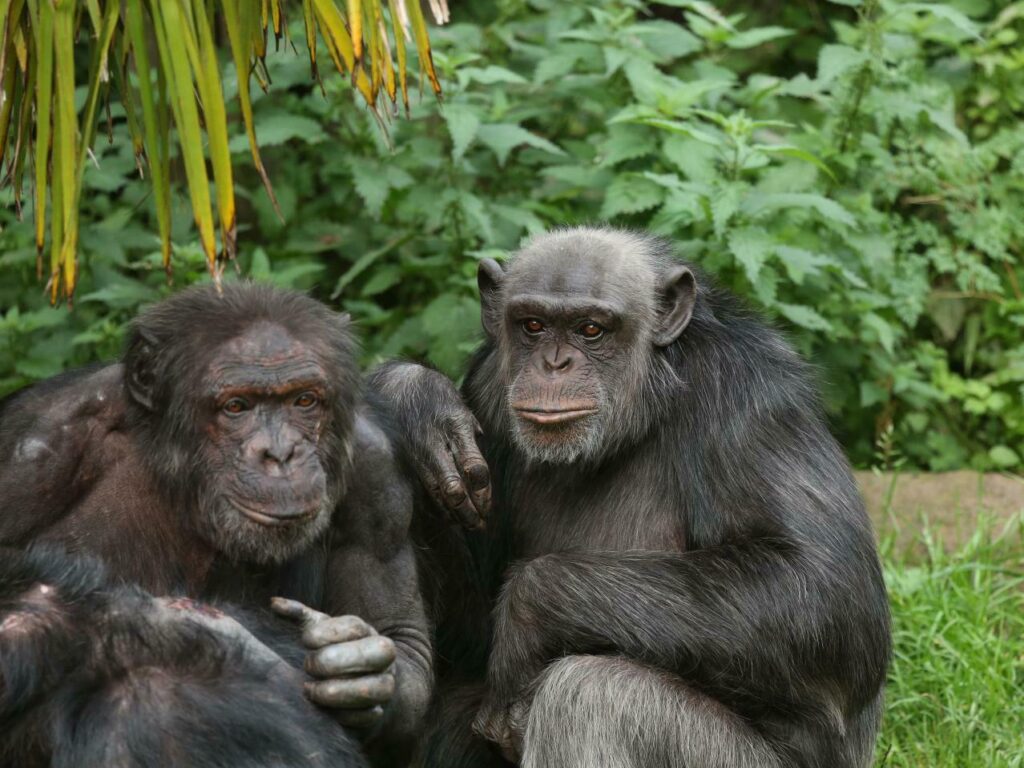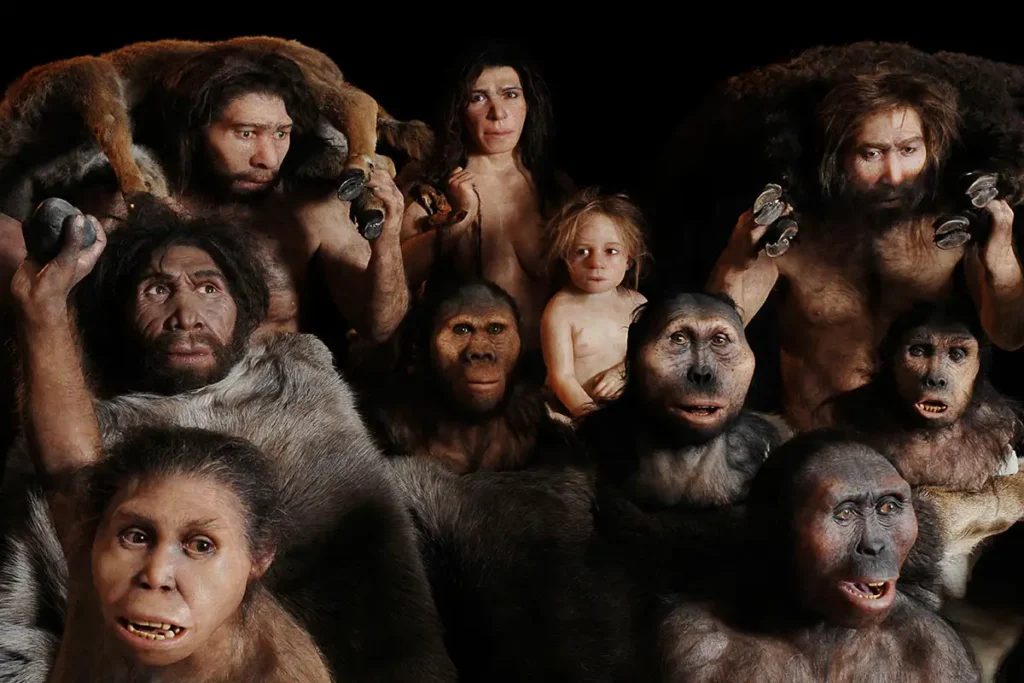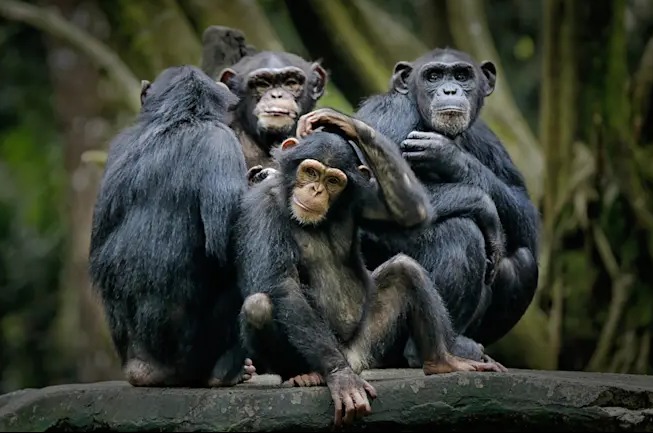In 2017, actor-comedian Tim Allen famously tweeted a question that revealed just how little he understands about evolution. It seems he’s not alone. His tweet got almost 50,000 “likes” and 13,000 retweets. It’s safe to assume a lot of people reacting to Allen’s post also wanted to know the answer to the question that he posed as a statement: “If we evolved from apes why are there still apes.”
The short answer is that “we didn’t evolve from any of the any animals that are alive today,” says Zach Cofran, an anthropologist at Vassar College. That is to say, humans didn’t evolve from the gorillas we see at the zoo or the chimpanzees we snap pictures of on a safari. “It’s a common misconception that apes are a step away from becoming human or something like a step along the way,” says Cofran. But, he adds, that’s not the case.

Charles Darwin, the naturalist best known for his theories of natural selection, described evolution “as ‘descent with modification,’” says Cofran. That means humans descended from common ape ancestors that lived millions of years ago, a process also referred to as “common descent.” While we share our ancestry with these animals, along the way, over millions of years, we all changed. “[We] each adapted to our own environments or specific circumstances or niches,”
Cofran added that It’s believed that this human divergence from the chimpanzee lineage of apes happened between 9.3 and 6.5 million years ago.
Still Evolving

Cofran points to another common misconception — namely, that humans are not evolving anymore. But all animals on Earth are continuing to evolve, and that means humans are, too. Plus, he continues, we tend to view evolution through a human-centric lens: The goal of evolution is not to become human, and a creature that looks more “primitive” isn’t on a path to one day becoming human, either.
“[We are not] the pinnacle of evolution,” says Cofran. “It’s a misconception to believe that everything is evolving towards humanity.” In fact, he says, evolution doesn’t really have a goal. “As a society, we’ve imbued the term evolution with a lot of social baggage, where we kind of think of evolution as some kind of improvement.”

Study author and AMNH biological anthropologist Ashley Hammond thinks that scientists can’t get the whole picture of evolution without looking at both approaches. “Living ape species are specialized species, relicts of a much larger group of now extinct apes,” she said in a press release. “When we consider all evidence — that is, both living and fossil apes and hominins — it is clear that a human evolutionary story based on the few ape species currently alive is missing much of the bigger picture.”
Please listen this article here-
Beyond that, added study author and AMNH biological anthropologist Sergio Almécija in the press release, conflicting theories about ape and human evolution would be much more complete if more of these extinct species were part of the equation.
In other words we can say that the fossil apes are essential to reconstruct the ‘starting point’ from which humans and chimpanzees evolved.
For more details please contact us via comment section.
